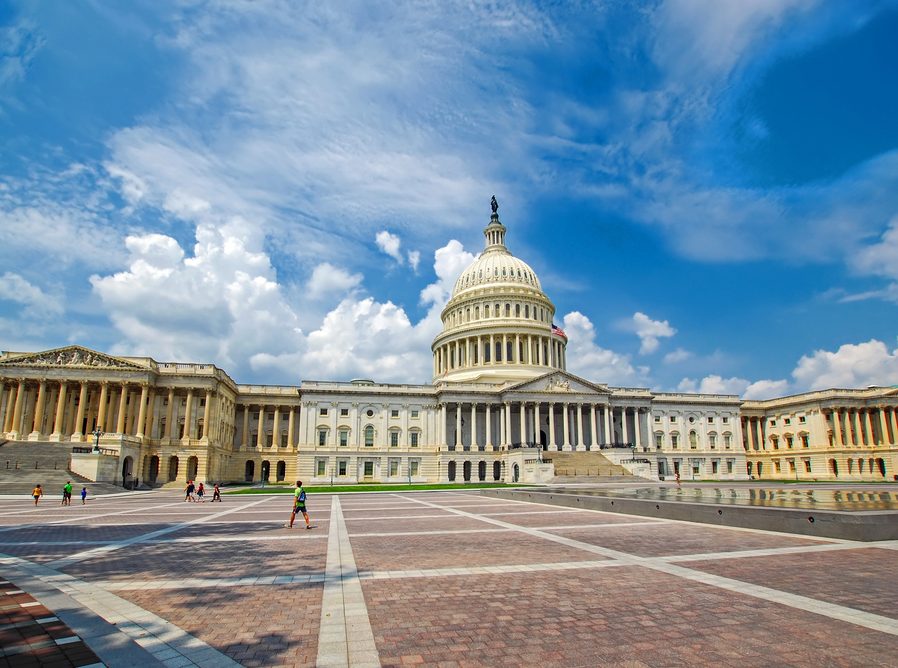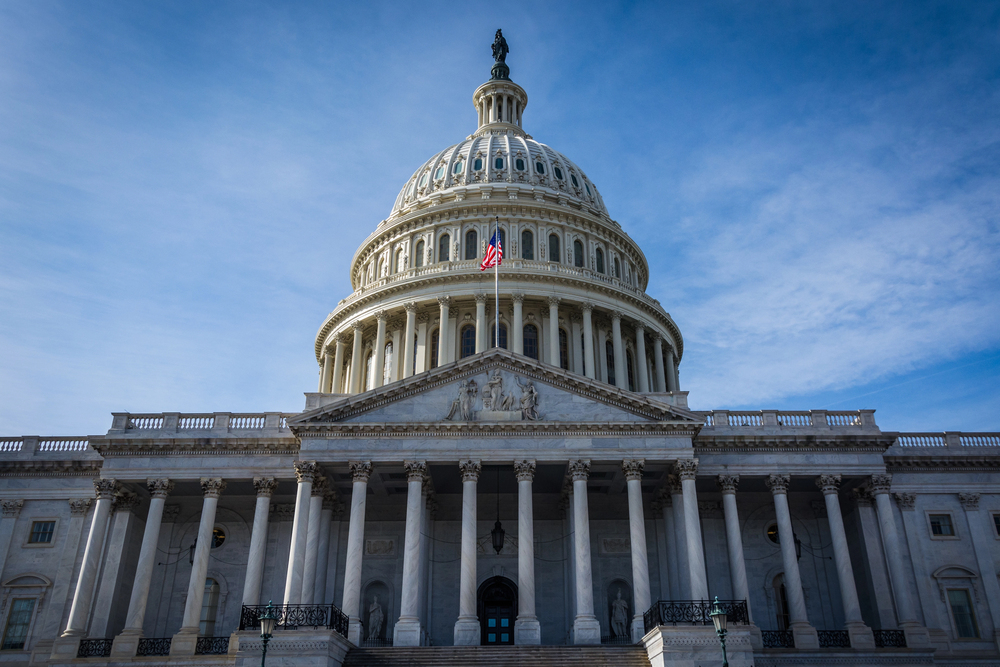2021 Poised to Be Busy Year for Flood Legislation

By: Joe Rossi
The end of each year is an opportunity for the flood insurance industry to reflect on the past year’s legislative action and speculate on what legislative changes are on the horizon.
Going into 2020, most believed that no major legislative reforms to the National Flood Insurance Program (NFIP) would be passed. However, no one could have predicted the challenges the world would face and the impact these would have on legislative priorities at all levels of government. Congress was faced with unprecedented challenges and had little choice but to once again extend the NFIP with no major legislative reform.
Looking forward to 2021, there is potential for a busy legislative year around flood insurance while also anticipating one of the largest programmatic changes in the history of the NFIP.
Long-term NFIP reauthorization was not expected to be a top legislative priority during an election year and it was set to expire along with federal government spending on Sept. 30. Through the continuing resolution to fund the government, Congress pushed the NFIP’s expiration date to Sept.30, 2021.
Although there was no major NFIP reform in 2020, a flurry of standalone bills were introduced. Many of these bills were filed to show intent for a refile in the new Congress. Just to name a few, S. 2088, would reform the way communities handle repetitive loss properties; S. 4462, the “FLOODS Act,” would improve reporting and integration of water-related data for users such as the federal government; and H.R. 8311, would require a study of Risk Rating 2.0 before implementation.
In addition to legislative bills, several reports were released by various groups, including “Flood Mapping for the Nation” by the Association of State Floodplain Managers, “The First National Flood Risk Assessment” by First Street Foundation, “The National Flood Insurance Program: Challenges and Solutions” by the American Academy of Actuaries, and a study by the Government Accountability Office showing repetitive loss structures increasing by 43% in nine years.
While the year came and went without major NFIP reforms, 2020 provided some insight on the top issues and priorities for Congress in 2021.
With a new presidential administration and a new Congress, there will be a number of new policy priorities from leadership. It’s expected that NFIP initiatives will come from the U.S. House Financial Services Committee under the direction of Chairwoman Maxine Waters (D-California). Chairwoman Waters touted her success with and prioritization of reforms to the NFIP in her bid to return as Chair.
When Democrats took a majority in the U.S. House of Representatives in 2019, Chairwoman Waters focused on NFIP affordability, mapping, claims reforms and the availability of loss data. In May 2019, the U.S. House Financial Services Committee passed a flood reform and reauthorization bill unanimously. The bill included a five-year reauthorization of the NFIP, increased mitigation funding and access to claims information for NFIP and private flood policies.
Some predict the same or similar piece of legislation could be reintroduced.
The focus would then be on the U.S. Senate. Should Republicans retain control of the Senate, Sen. Patrick Toomey (R-Pennsylvania) would likely become chair of the U.S. Senate Committee on Banking, Housing and Urban Affairs, which has authority over the NFIP. The committee’s most recent work on the NFIP included a bill called “NFIPre.” Although it was similar in some respects to the House bill, the Senate bill included a few controversial measures, such as capping Write Your Own compensation.
The Senate could potentially be a blank slate in 2021 with the opportunity to pass substantive reform.
The biggest potential change in 2021 may not be legislative, but rather programmatic. Since 2018, experts have been discussing the arrival of a new NFIP rating system called Risk Rating 2.0. The new system is a redesign on how FEMA will rate policies based on graduated risk assessment and modeling rather than binary flood zones as it exists in the current system.
In 2020, FEMA postponed its planned Oct. 1 implementation by one year. The new implementation date of Oct. 1, 2021, is bringing some skepticism, however, as many parts of Risk Rating 2.0 remain unknown. Additionally, key members of Congress, such as Sen. Chuck Schumer (D-New York) and Sen. Robert Menendez (D-New Jersey), have expressed concerns over possible large increases in rates caused by Risk Rating 2.0.
In 2021, there will most likely be a focus on Risk Rating 2.0, both in its potential implementation and in congressional efforts to further postpone it.
Regardless of any progress made legislatively or programmatically to the NFIP in 2021, the flood industry, industry stakeholders and policyholders are unified: Congress needs to act on long-term reauthorization to end the cycle of short-term extensions.
Even in the most volatile political climates, flooding affects everyone. Congress must act to reform and reauthorize the NFIP responsibly in 2021, with or without action on Risk Rating 2.0. Our country demands a better response to flooding, and short-term extensions to address our most common natural disaster is not adequate.
Joe Rossi is a flood specialist, RogersGray Insurance, and chairman and executive director of Massachusetts Coastal Coalition.










